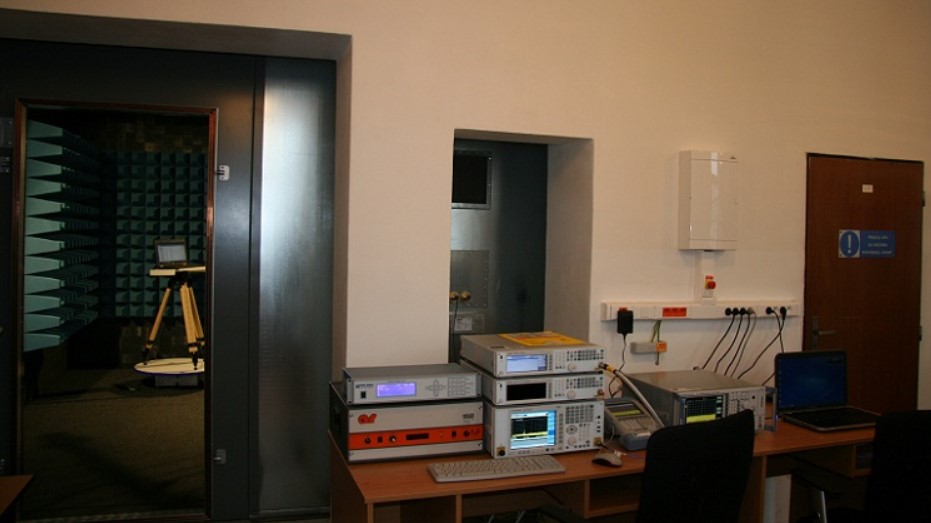Head of laboratory: doc. Dr. Ing. Bystrík Dolník
The laboratory is used for scientific research purposes, for teaching first, second and third degree students at the Department of Electrical Power Engineering, FEI. In the laboratory, the areas of EMC technical equipment and EMC biological systems can be combined in an excellent way. In the field of EMC technical equipment, it is possible to solve problems that actually occur in the automotive industry, in telecommunications as well as in the field of heavy current electrical engineering.
Subjects and outputs of education:
- Engineering study Subject Electromagnetic compatibility (basic knowledge and knowledge in the field of EMC technical equipment and biological systems, origin and propagation of electromagnetic interference, elimination of interference on electronic equipment, effects of impulse phenomena in low voltage networks on electronic equipment, principles of PCB design with respect to electromagnetic immunity , methods of shielding and grounding electronic devices).
- Doctoral study: Subject Scientific activity 1-5 .: Ability to independently design, construct, implement and modify a substantial part of research with scientific integrity and contribute to the original research to expand the boundaries of scientific knowledge through the implementation of an extensive set of works, some of which are worthy of peer-reviewed publications. Achieving original scientific results, acceptable at the international level. Based on the implementation of scientific research, the graduate is considered an expert in his field.
The EMC laboratory includes an anti-reflection chamber for measuring electromagnetic interference (EMI) of electrical and electronic equipment in the frequency range from 30 Hz to 18 GHz and an anti-reflection transverse waveguide (GTEM), in which radiation and immunity tests can be performed according to IEC 61000- 20 on technical equipment. The advantage of GTEM is that the tests can be done up to the GHz range with the possibility of expansion up to 20 GHz. GTEM also serves for the study of the influence of electromagnetic fields on biological systems, which will expand the possibility of cooperation with academic institutions and industry, which are oriented to the field of medicine, respectively. similar institutions.
EMI measurements can be made using an artificial network (LISN) and a special measuring system with preset filters according to EN and IEC standards. The measuring system can also be connected to specially modified EMC antennas for measuring EMI radiation and, with the help of the supplied probe accessories, also for detecting a nearby electric or magnetic field, so that the fault location can be easily and quickly located, or instead of the source of the interfering signals. The advantages of the special measuring system can be used in almost all areas of electrical engineering and other scientific disciplines.
The EMC laboratory can be used for harmonic analysis of current in the supply of electrical appliances and voltage fluctuations, resistance of electrical equipment to atmospheric overvoltages, transient interference in the supply network, sags and short-term supply interruptions.
The EMC laboratory is equipped with modern technology:
- semi-reflection chamber
- 20 GHz non-reflective transverse waveguide
- Agilent N9038A spectrum analyzer, 26.5 GHz
- 26.5 GHz signal generator
- LISN artificial network
- high frequency amplifier AR 50W 1000 RF
- EMC antennas
- Near field probes


